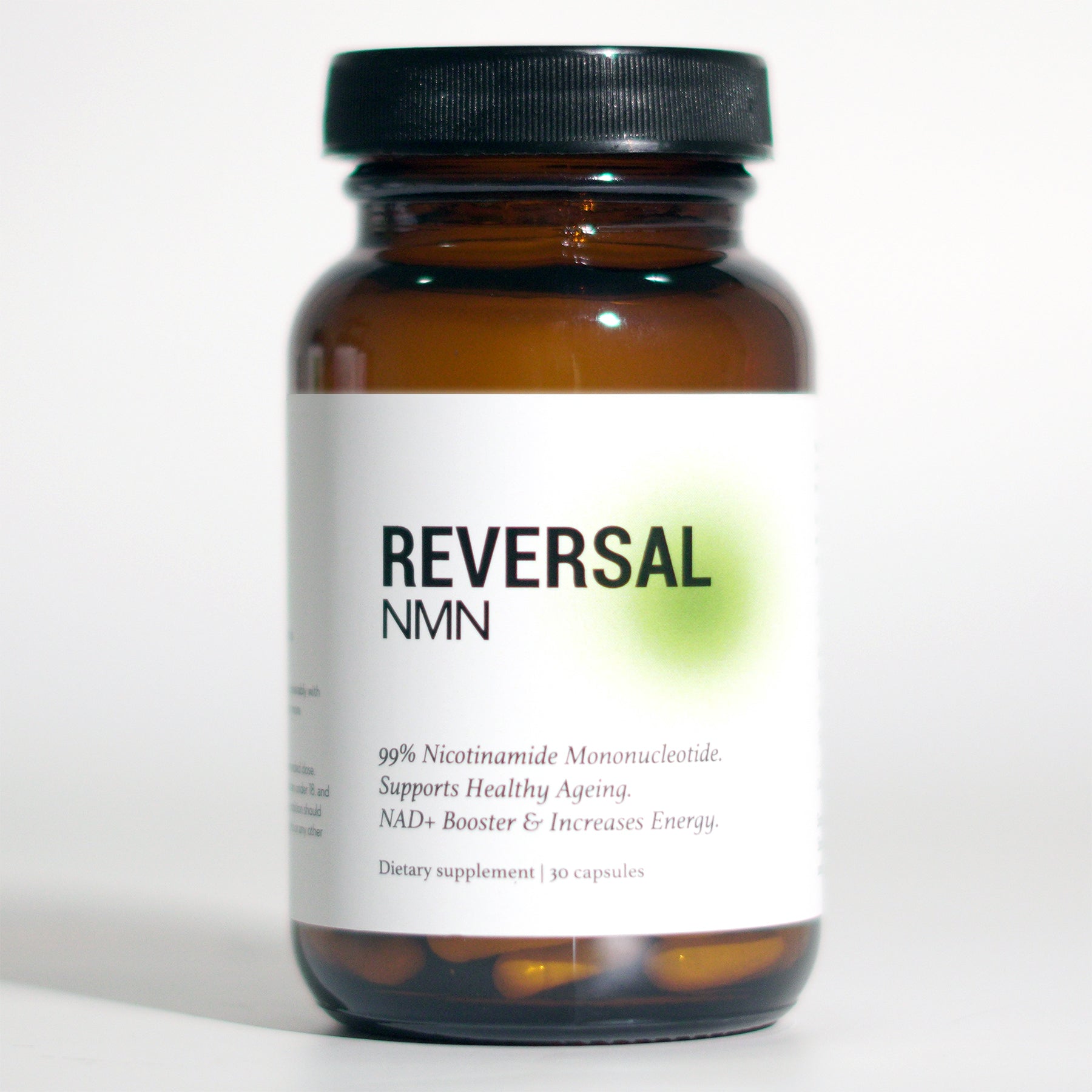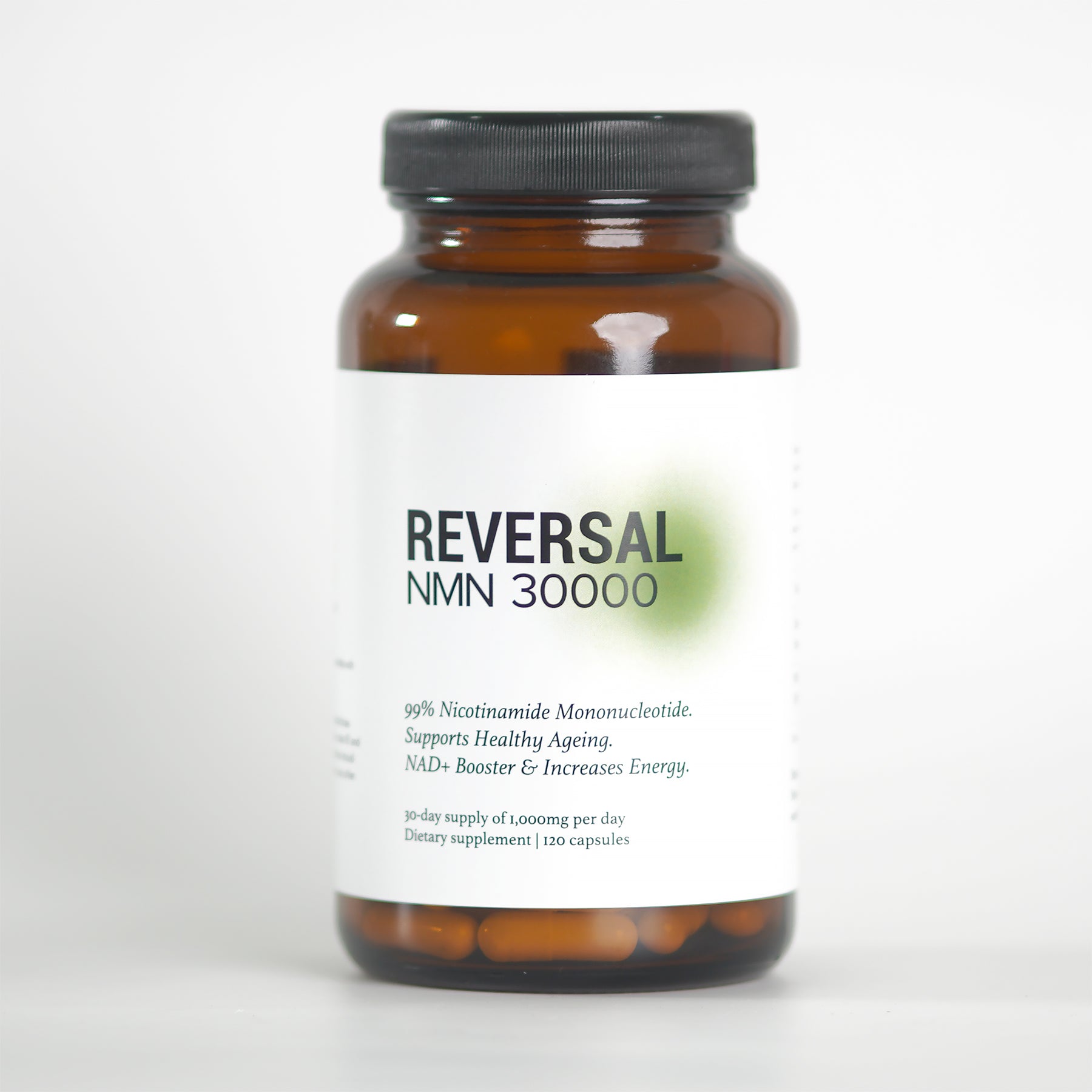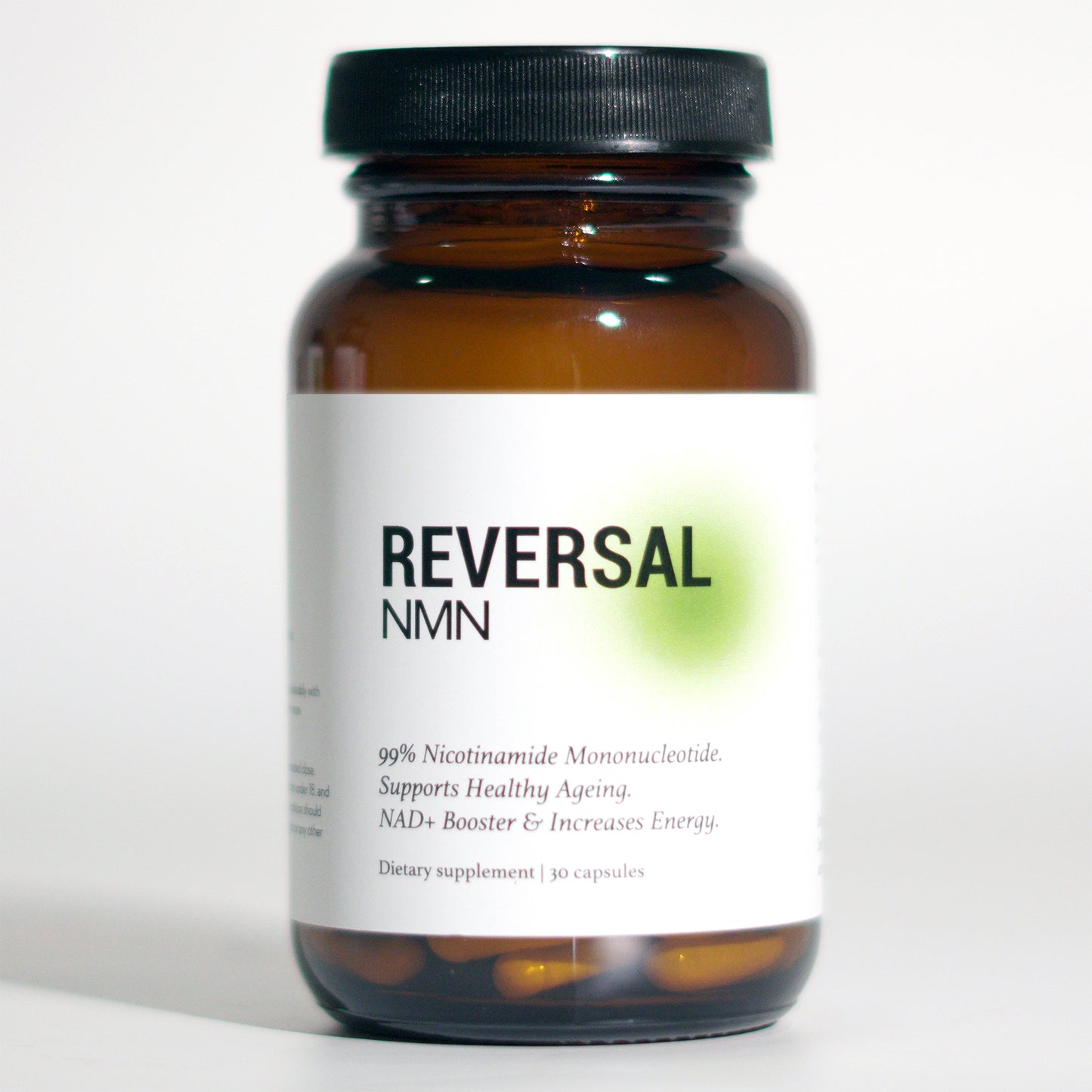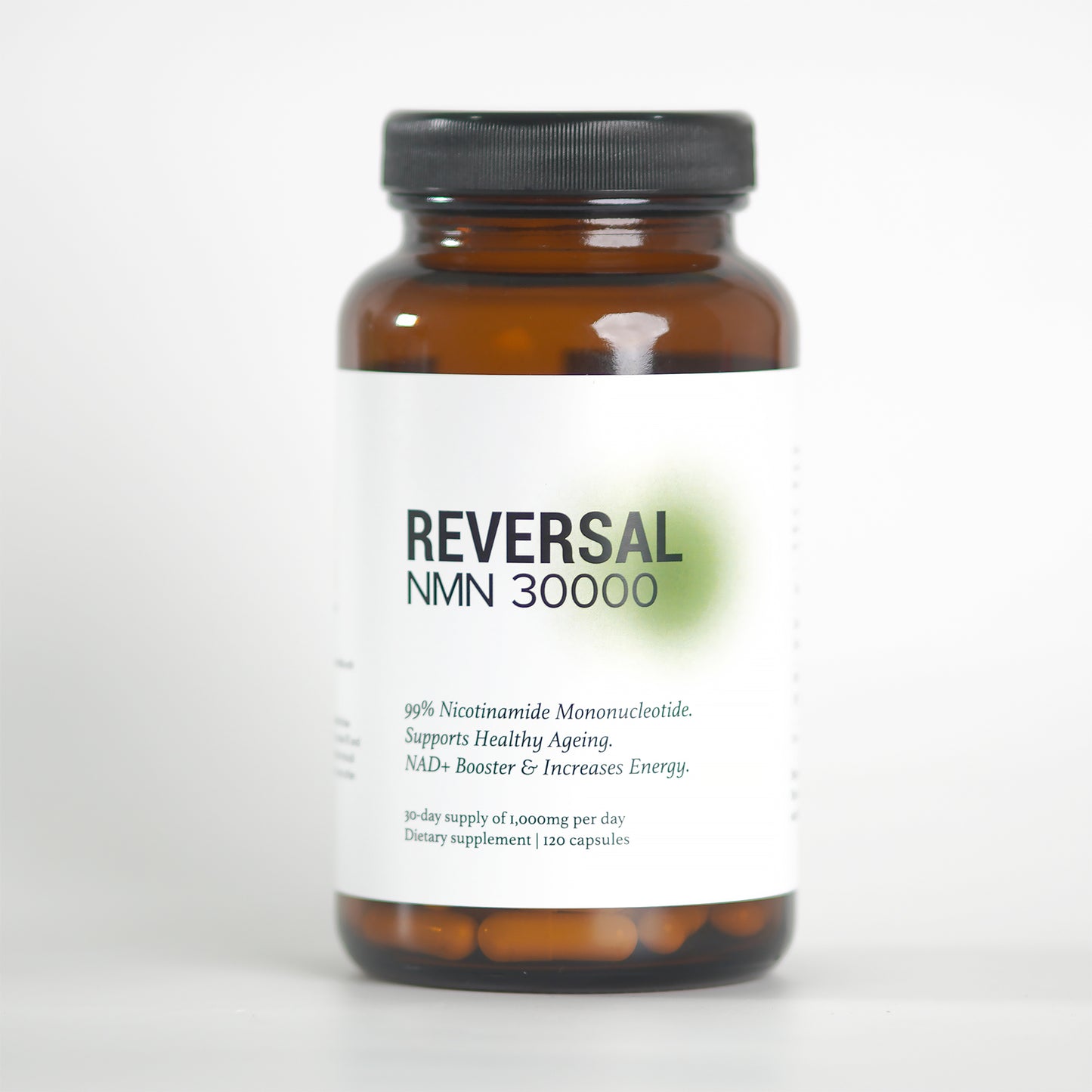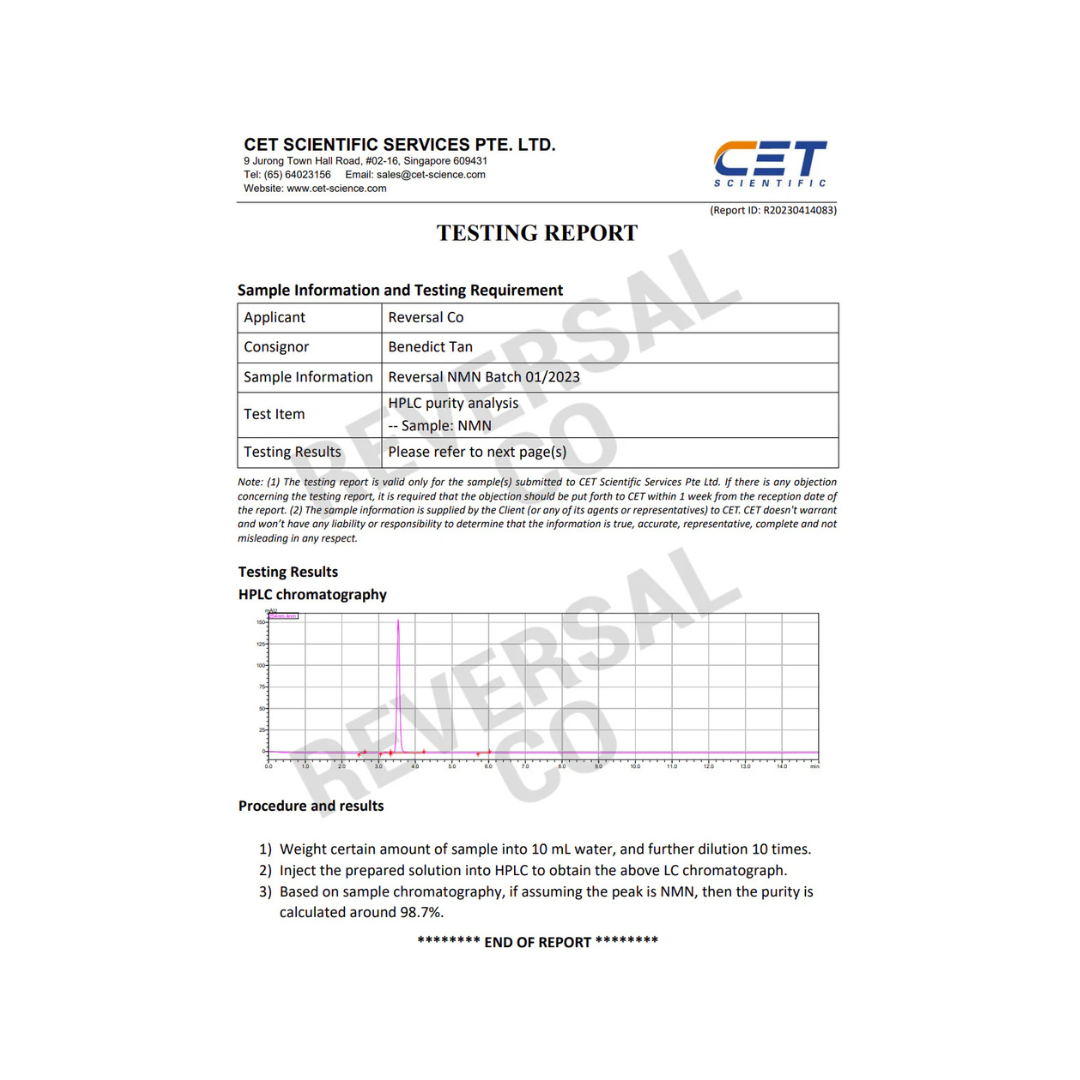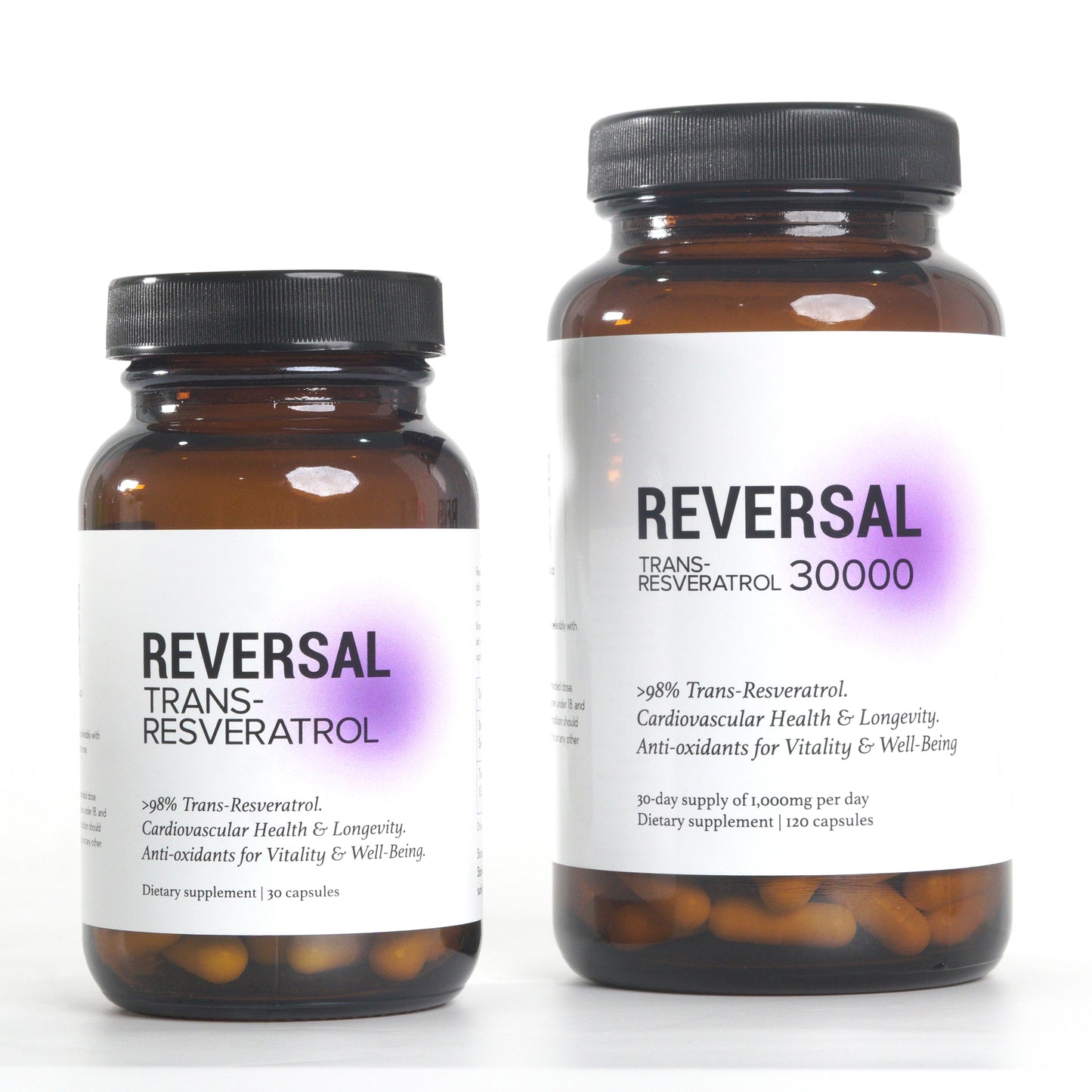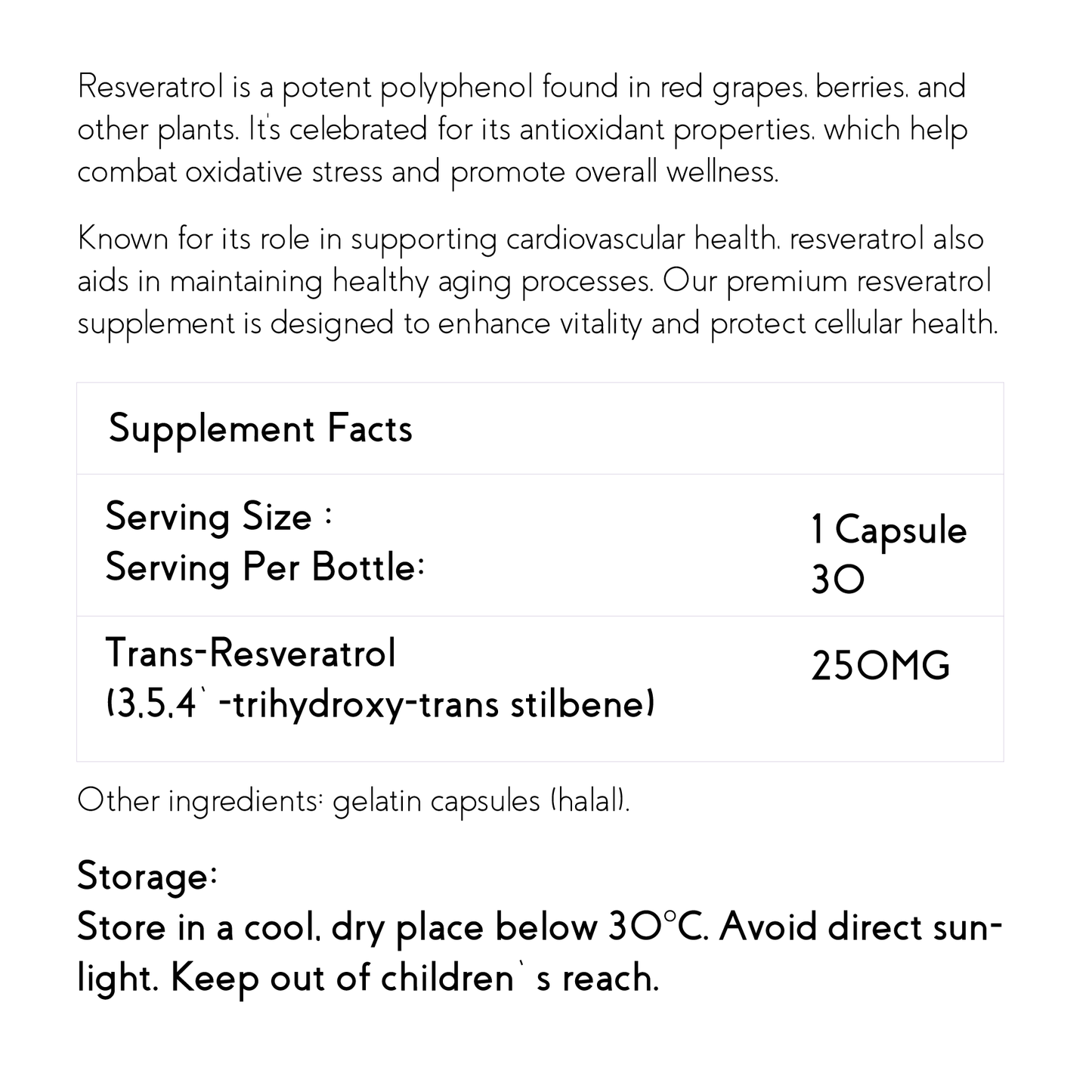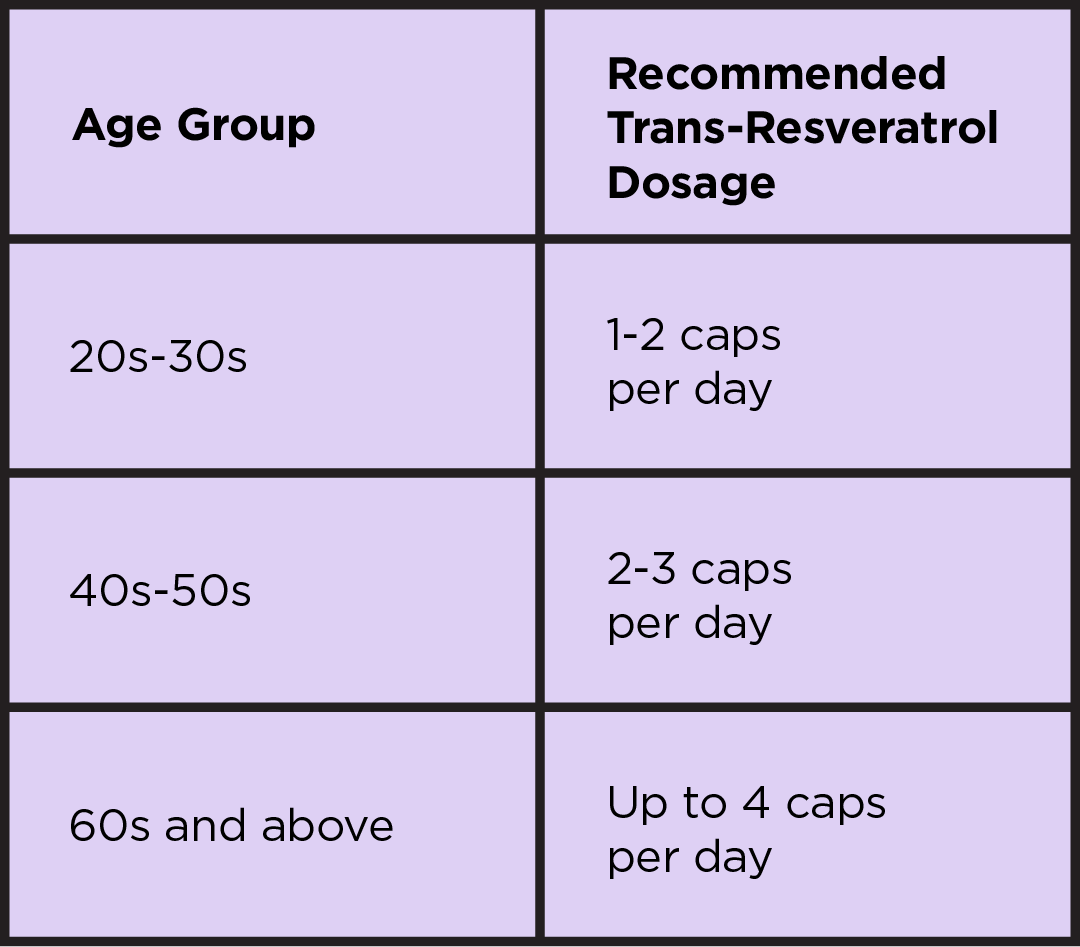Title: NMN Transporter Slc12a8 Vital for Cellular NAD+ Production and Aging Prevention
Introduction: Recent research has shed light on the crucial role of Nicotinamide Mononucleotide (NMN) and its transporter, encoded by the Slc12a8 gene, in the production of Nicotinamide Adenine Dinucleotide (NAD+). Understanding this process is crucial as declining NAD+ levels are associated with age-related pathologies. This article summarizes the key findings related to NMN transport, and the role of the Slc12a8 gene in maintaining NAD+ levels, potentially providing insights into aging interventions.
NMN and NAD+ production:
NAD+ is essential for many cellular processes, and its decline with age leads to various health conditions. NMN acts as a precursor to NAD+ and has shown promising effects in improving disease conditions and mitigating age-associated decline. NMN is quickly absorbed from the gut, transported into tissues, and immediately utilized for NAD+ biosynthesis, thus increasing NAD+ levels.
Slc12a8 as an NMN transporter:
Slc12a8, belonging to the SLC12 gene family, has been identified as the specific NMN transporter. It is highly expressed in the small intestine, pancreas, liver, and white adipose tissue. When NAD+ levels decrease, Slc12a8 expression is upregulated, allowing for the efficient uptake of NMN. Sodium ions are necessary for NMN transport by Slc12a8, and it selectively transports NMN, not other NAD+-related compounds.
Importance of Slc12a8 in NAD+ metabolism:
Knockdown of Slc12a8 leads to reduced NMN uptake and NAD+ levels in both in vitro and in vivo settings. Moreover, Slc12a8 deficiency results in decreased NAD+ levels specifically in the jejunum and ileum of the small intestine. On the other hand, upregulation of Slc12a8 expression in the aged ileum helps maintain NAD+ levels in this region, mitigating the age-related decline.
Implications and future directions:
The identification of Slc12a8 as an NMN transporter provides valuable insights into the regulation of NAD+ metabolism. In aging individuals, increasing NMN availability or stimulating the function of Slc12a8 could counteract age-associated NAD+ decline in the small intestine. Furthermore, the Slc12a8 NMN transporter may have implications in the pathogenesis of diseases such as psoriasis, pancreatic ductal adenocarcinomas, and breast cancers. Future research should focus on understanding the structure-function relationship between Slc12a8 and NMN through crystal structure analysis.
Conclusion:
The recently discovered NMN transporter, encoded by the Slc12a8 gene, plays a critical role in maintaining NAD+ levels in the body. This transporter is highly expressed in the small intestine and pancreas and is vital for efficient NMN uptake. Understanding the intricate mechanisms involved in NMN transport will contribute to the development of new strategies to prevent age-related pathologies and potentially treat various diseases. Further research is needed to uncover the precise details of Slc12a8's function and explore its therapeutic potential.
Title of paper: Slc12a8 is a nicotinamide mononucleotide transporter
Author(s): Grozio A, Mills KF, Yoshino J, Bruzzone S, Sociali G, Tokizane K, Lei HC, Cunningham R, Sasaki Y, Migaud ME, Imai SI.
Year published: 2019
Published in: Nat Metab
Original article can be found here.


